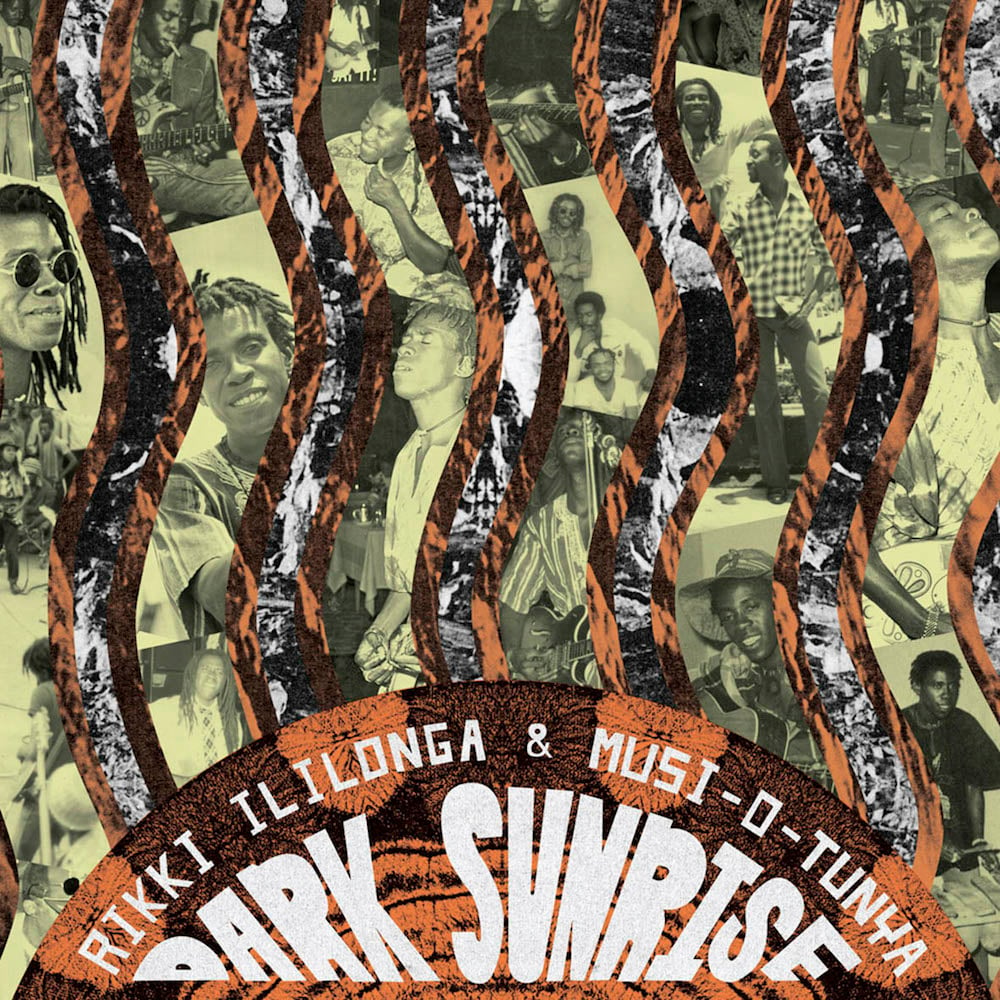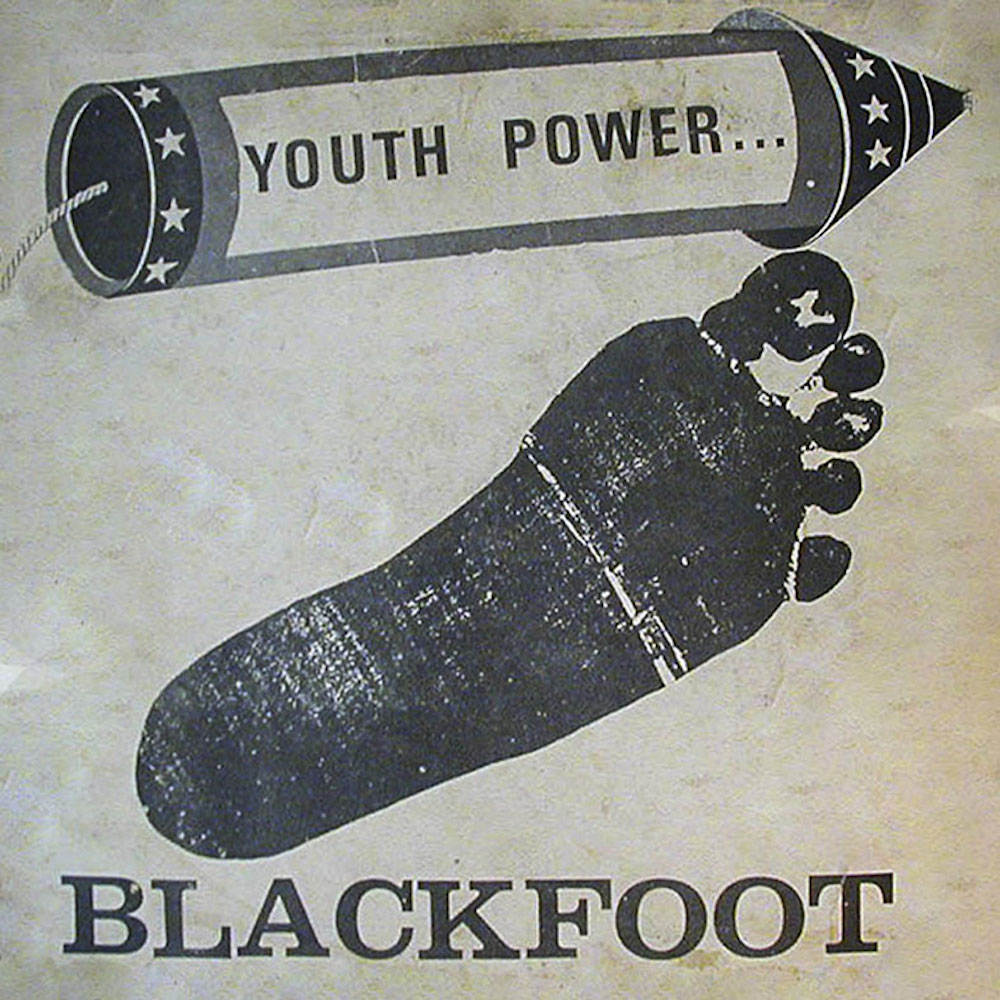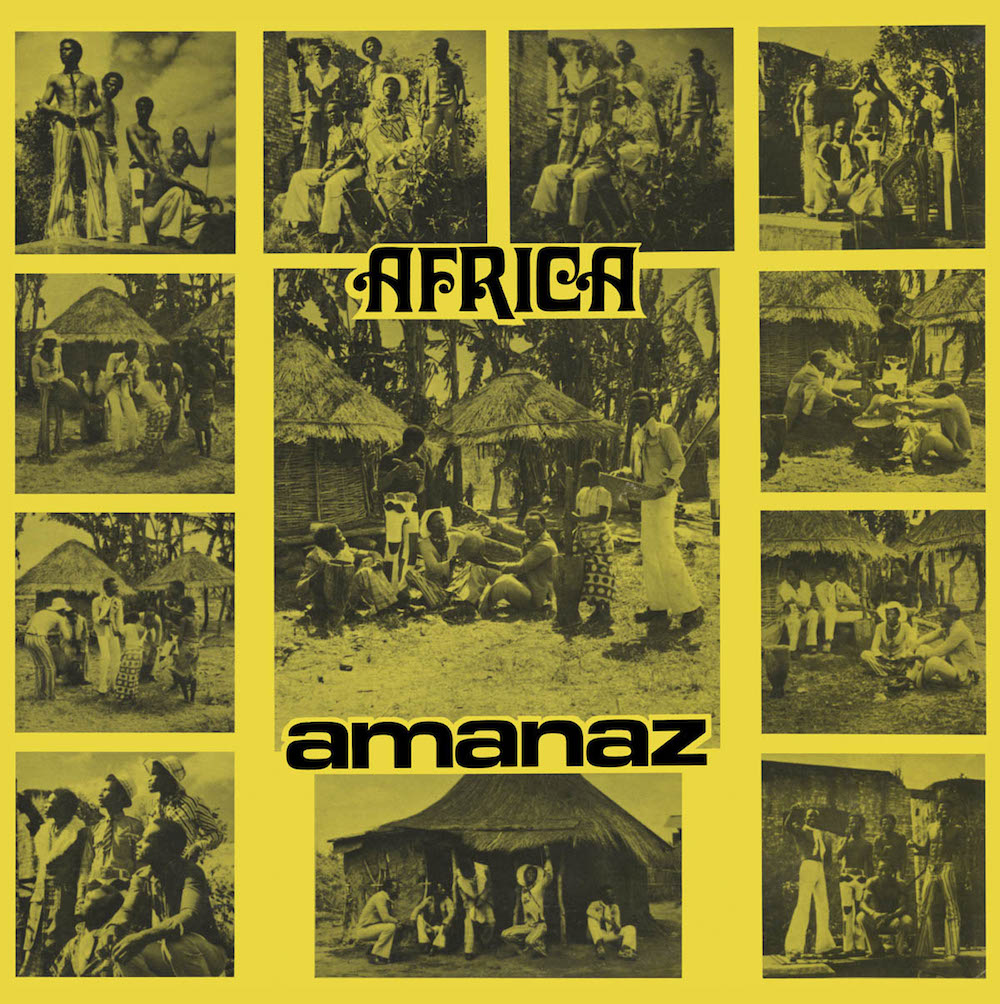A veteran Los Angeles hip-hop mogul and a renowned Parisian fashion designer have produced one of the best albums of the year, Can’t You Hear Me? African Nuggets and Garage Rock from Nigeria, Zambia & Zimbabwe .
The compilation celebrates a raucous style of garage rock from the 1970s, which gave voice to the struggles of independence in these three African countries.
The two instigators are Stones Throw’s Egon Alpatt, the creative director of the J Dilla estate and business partner of Madlib, and designer Christophe Lemaire, who made his name with the brand Lacoste and French fashion house Hermès, before leaving to focus on his own brand.
The two met following a collaboration between Madlib, J Dilla and Lacoste many years ago and maintained a friendship.
For the new album they decided that Lemaire would select the compilation’s songs from the back catalogue of Alpatt’s Now Records reissue label. “Through these tracks we can feel the communicative energy, this pure vitality, not only of Africa, but of youth and hope,” says Lemaire. “I find it quite universal and timeless. It is not about music as an industry, or as product, but music as a craft. And one can immediately recognise when music is created with heart and soul.”
What Lemiare and Alpatt have created with Can’t You Hear Me? is not only a kick-ass compilation but also a great entry point into the scene in 1970s Zambia that was known as Zamrock. Fueled by hit records by the likes of James Brown, Jimi Hendrix, Cream, Jefferson Airplane and The Rolling Stones, this generation of musicians fused rock ’n roll with Zambian rhythms to create something new. And while the compilation does take songs from Nigeria and Zimbabwe, its main focus is Zambia, with 13 being chosen from the Zamrock scene. Whether it’s the funky fuzz–rock of WITCH, the black consciousness-driven rock of Peace or the proto-metal of Paul Ngozi, there is plenty for both those in the know and newcomers to this special music.

Two of the key shapers of Zamrock were Rikki Ililonga, who performed with the band Musi O Tunya, and Emanuel “Jagari” Chanda, the frontman of WITCH. Jagari is an adaptation of Mick Jagger’s last name, emphasising the direct link between early rock ’n roll and Zamrock. WITCH stands for We Intend To Cause Havoc, a perfect summation of the rebellious nature of the music.
Ililonga is from Lusaka and Chanda is from Kitwe, so both witnessed the birth of this psychedelic music.
“We don’t know where Zamrock began,” says Chanda. “It was an era.” He says all he was trying to do was fuse Zambian music into rock ’n roll. “You get something else,” he says.
“We listened to the radio to hear new music”, says Ililonga. “When the Rolling Stones’ Satisfaction came out, it played all over the world.” Before the Zamrock wave, the Zambian music scene was dominated by bands sponsored by local mines or minstrel acts. Zamrock changed that.

“It started slowly,” says Ililonga. “Most of the music listened to was global pop music or South African or Congolese music, there were no Zambian records.”
Faced with no recording studios and no record labels to release their music, Ililonga and Chanda would head to Nairobi, Kenya, to record and press up their early singles and albums.
“People bought the records,” says Chanda. “They were excited that it was Zambian bands recording.” Bands sprouted up everywhere, with names like Chrissy Zebby Tembo, Amanaz, Peace, Ngozi Family, 5 Revolutions and Blackfoot – a generation of guitar-slinging pop musicians voicing their thirst for freedom over a backing of fuzz guitars.
So how did Alpatt’s Now Again end up at the centre of reviving Zamrock? As a crate-digger, he discovered the music on his own and fell in love. Then he noticed how the albums were beginning to circulate as vinyl reissues, released by European boutique labels that hadn’t licensed the music properly, so he decided to track down Zamrock Star Rikki Ililonga in 2009 and found him living in Denmark, still working as a musician.
When asked how he ended up in Denmark, he answers with two words: “a woman”. Later he elaborates: “Boy meets girl, girl says I want to go finish my degree, boy moves to Denmark, girl gets pregnant, boy has family.”
Through Ililonga, Alpatt made contact with fellow Zamrock star Chanda. “Rikki introduced me to Egon in 2009 when he came to Zambia for a Christmas holiday,” says Chanda. “He said that this guy from Los Angeles was interested in our music and he wanted to catch the internet sharks who were selling our music.”
The deal was that Alpatt would sort out the illegal reissues and then Now Again would reissue the albums with a 50/50 split in revenue between label and artist.
Chanda was in the mining industry in the north and west of Zambia, working with semi-precious stones and hoping his second attempt at the music industry would allow him to leave mining. His ultimate goal is to build a studio, a music school and to mentor young Zambian musicians.
The resulting reissues of Zamrock from Now Again have been comprehensive. In 2010 the Rikki Ililonga anthology Dark Sunrise was released and in 2012 the WITCH anthology, We Intend To Cause Havoc. At the end of 2012, Alpatt got Ililonga and Chanda to agree to get a band together with Karl Hector & The Malcouns to perform their music from the 1970s. Their first show was at the Trans Musicales music festival in Rennes, France, and the first Zamrock performance in 35 years was a moment to remember. “It was like being born again,” says Ililonga. “It brought up so many old emotions.”
“France is where the arts are appreciated so it was an opportunity for us to show the world what we should have showed them a long time ago,” says Chanda. “It was another chance. We hope the world will now listen to Zamrock musicians.”
Ililonga says it’s great that people think their music is worth reviving, but both musicians say the revival of their music is bittersweet because many of their friends that they made music with in the 1970s have died. “The guys that should be on the stage with us are no longer,” says Ililonga.
But their music lives on – all wrapped up in beautiful psychedelic artwork by Sanghon Kim.
